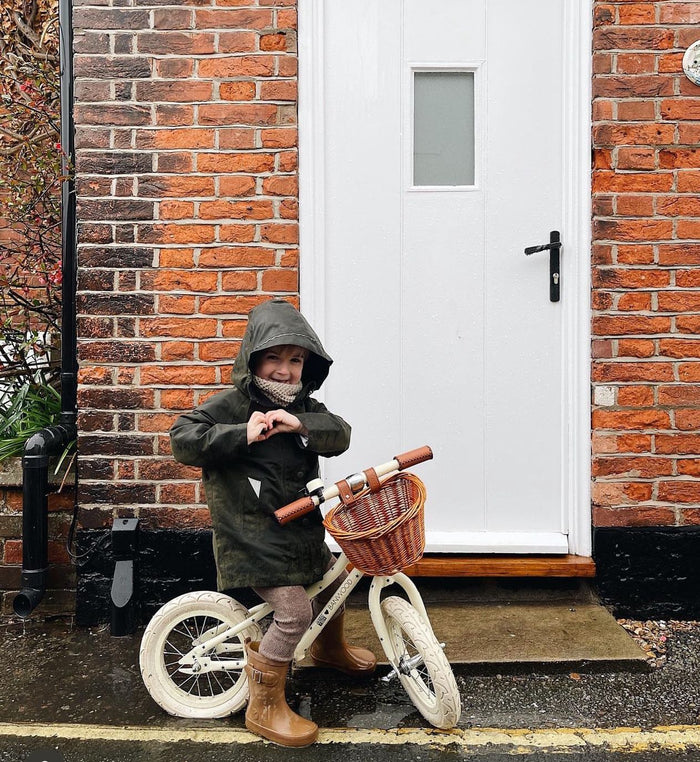This month (between the 29th and 31st January) the RSPB will launch their Big Garden Birdwatch. They are asking people to stop for an hour and spend that time in their gardens or on their balcony's counting the birds that they can see. It's a beautiful, simple, interesting and useful survey and we know that our wonderful extended Töastie family will want to be a part of this!
You can read how to participate here. It's really straightforward, you simply count any groups of birds species you can see (ignoring those in flight) and record these. Best to record in groups of species you can see at any one time to avoid double counting!
How does Big Garden Birdwatch help?
Thanks to all those that participate in the survey, Big Garden Birdwatch now has over 40 years of data, helping to increase our understanding of the challenges faced by wildlife.
It was one of the first surveys to identify the decline of song thrushes in gardens. This species was a firm fixture in the top 10 in 1979. But by 2019, those numbers had declined by 76% – coming in at number 20. And did you know that house sparrow sightings have dropped by 53% since the first Birdwatch in 1979? However, in the past 10 years their numbers have grown by 10% showing that we are beginning to see some signs of recovery.
Results like these help us spot problems. But, more importantly, they are the first step towards putting things right.
Download our free printable sheet as a guide to knowing the most common birds to be found in your garden - and your littles can enjoy colouring all the lovely birds in after your hour of Big Garden Birdwatching. 
A 'CONSPIRACY' OF RAVENS

CHEEP CHEEP
🖤







